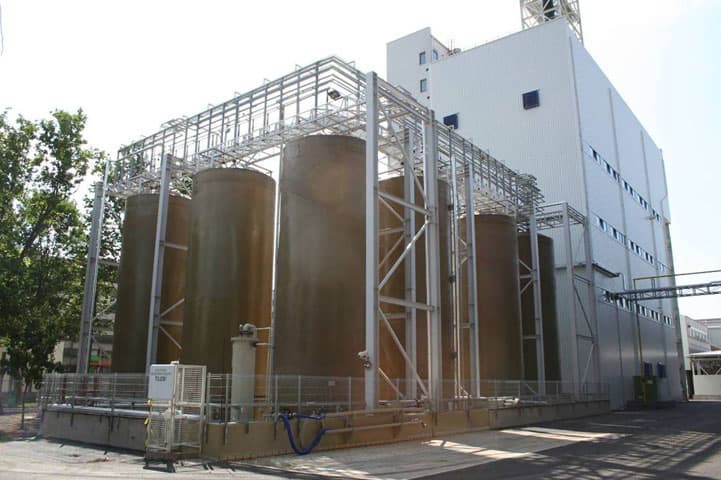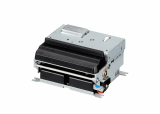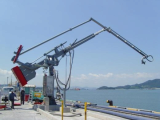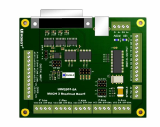ACID Regeneration Plant (FLB)
Negotiable Min Order Quantity Unit
- Required Quantity
-
- Place of Origin
- Payment Terms
- Negotiable
- Production method
- Negotiable
- Shipping / Lead Time
- Negotiable / Negotiable
- Keyword
- acid regeneration, hcl regeneration, fluidised bed
- Category
- Other Machinery & Industry Equipment
ACREG GmbH
- Country / Year Established
-
 Austria
/
Austria
/
- Business type
- Others
- Verified Certificate
-
15

| Product name | ACID Regeneration Plant (FLB) | Certification | - |
|---|---|---|---|
| Category | Other Machinery & Industry Equipment | Ingredients | - |
| Keyword | acid regeneration , hcl regeneration , fluidised bed | Unit Size | - |
| Brand name | - | Unit Weigh | - |
| origin | Stock | - | |
| Supply type | - | HS code | - |
Product Information
A part of this solution now is passed into the reactor to be converted inside the fluidised bed into HCl and iron oxide (~95% Fe2O3 hematite, ~5% Fe3O4 magnetite). Within the fluidised bed which is composed of iron oxide granules the decomposition takes place at around 850°C by evaporation of water and finally by conversion of the iron salt into HCl and iron oxide.
The fluidised bed is maintained by a stream of air which also allows the intense mixture of the gas and the solids inside the reactor. The reactor can be heated by oil or gas. The generated iron oxide grows continuously along the granules of the fluidised bed to become heavier and finally sink to the bottom. The final product is free of dust and iron oxide fines.
To maintain equilibrium the bigger grains are taken from the reactor continuously and fresh solution is added.
After leaving the cyclone the gases are being cooled down by means of the venturi, whilst the energy is being converted to preconcentrate the incoming pickling solution. The process gases now being cooled down to around 100°C are passed through an adiabatic column to react with incoming rinse water to azeotropic (~18%) HCl.
The advantages of the fluidised bed process are given in a much lower content of chlorine within the oxide granules due to longer reaction times of more than 10 hours and higher temperatures. A very pure oxide results, free of dust, easy to handle in a clean way.
B2B Trade
| Price (FOB) | Negotiable | transportation | - |
|---|---|---|---|
| MOQ | Negotiable | Leadtime | Negotiable |
| Payment Options | Negotiable | Shipping time | Negotiable |
- President
- Markus Österreicher
- Address
- Siebensterngasse 31/14, 1070 Vienna, Austria
- Product Category
- Other Machinery & Industry Equipment
- Main Product









































